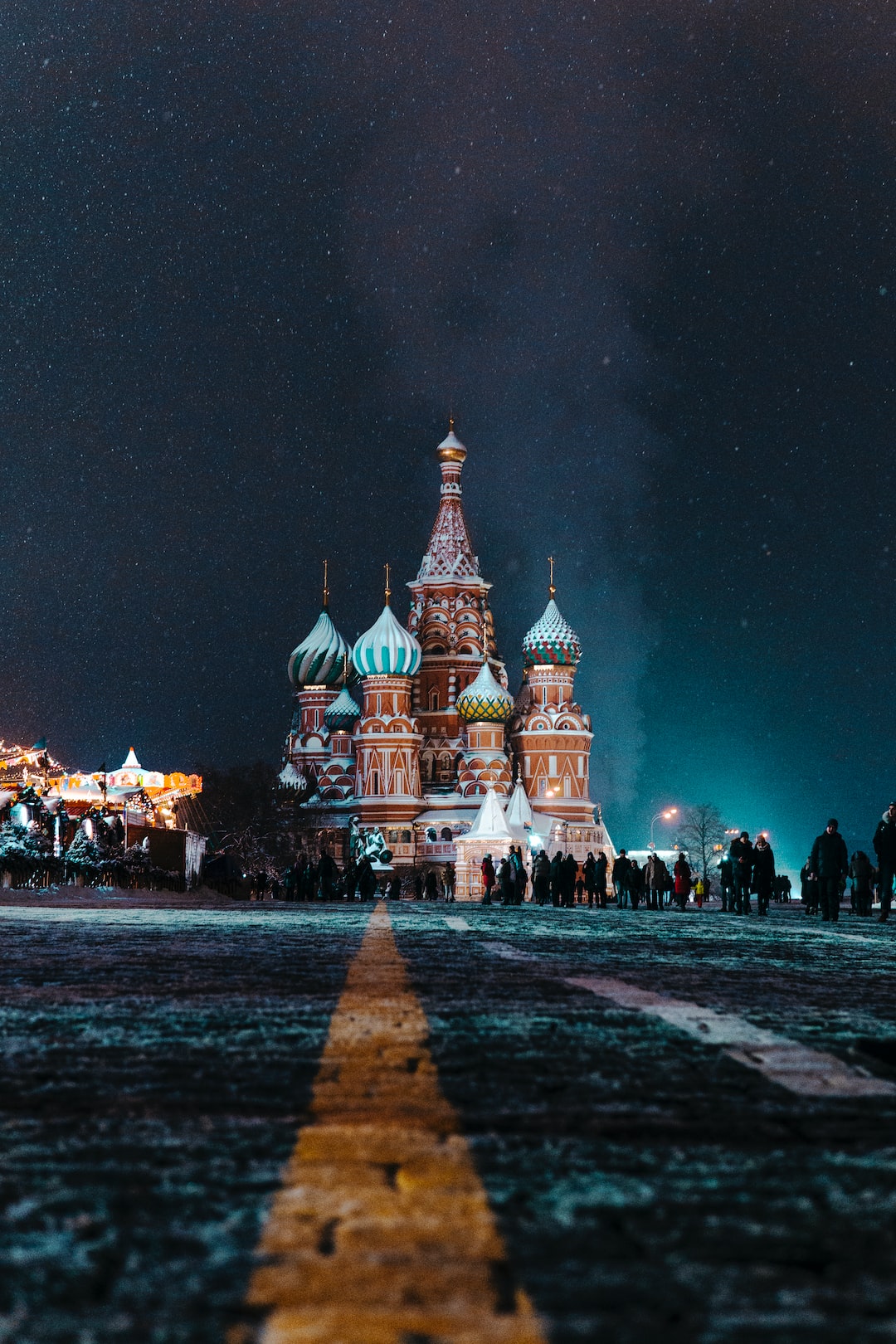The Blue Mountains in Australia is known for its stunning natural beauty and breathtaking landscapes. However, it is also famous for its unpredictable weather patterns, including its rainy seasons. In this article, we will explore the wettest month in the Blue Mountains and what you can expect during this time.
Understanding the climate of the Blue Mountains
The Blue Mountains region experiences a temperate climate with mild summers and cool winters. The area receives a substantial amount of rainfall throughout the year due to its location near the coast and in the proximity of mountain ranges.
The influence of the Pacific Ocean
The Pacific Ocean plays a significant role in influencing the weather patterns of the Blue Mountains. The ocean currents carry moisture, which interacts with the mountain range, causing precipitation in the form of rain.
Topography and rainfall
The topography of the Blue Mountains also contributes to its varying rainfall patterns. The region’s elevated terrain and deep valleys create a microclimate, which affects the distribution of rainfall.
The wettest month: December
While the Blue Mountains experiences rainfall throughout the year, the wettest month is generally December. During this time, the region receives a higher volume of rainfall compared to other months.
The combination of warm, humid air masses from the Pacific Ocean and the changing weather patterns creates the perfect environment for increased rainfall in December. The moisture-laden air rises and cools as it encounters the mountain ranges, resulting in condensation and precipitation.
It is important to note that weather patterns can vary from year to year. While December is historically the wettest month, it is advisable to check local weather forecasts and updates for the most accurate information before planning a visit.
What to expect during the wettest month

Visiting the Blue Mountains during December can provide a unique experience with lush vegetation, flowing waterfalls, and misty landscapes. However, it is essential to take necessary precautions and plan accordingly to make the most of your trip.
1. Rain gear: Pack appropriate rain gear such as waterproof jackets, pants, and shoes to stay dry during outdoor activities.
2. Indoor attractions: Explore indoor attractions such as museums, galleries, and restaurants during heavy rainfall.
3. Waterfalls: The wettest month is an excellent time to witness the majestic waterfalls in full cascade. Be cautious of slippery surfaces and follow safety guidelines.
4. Hiking trails: Some hiking trails may be affected by heavy rainfall, resulting in muddy and slippery conditions. Check for trail closures and follow instructions from local authorities.
The Blue Mountains experiences a higher volume of rainfall in December, making it the wettest month in this region. Understanding the climate patterns and being prepared with the right gear and information can help visitors make the most of their trip, even during the rainy season. Explore the breathtaking landscapes, waterfalls, and indoor attractions while enjoying the beauty and serenity of the Blue Mountains.